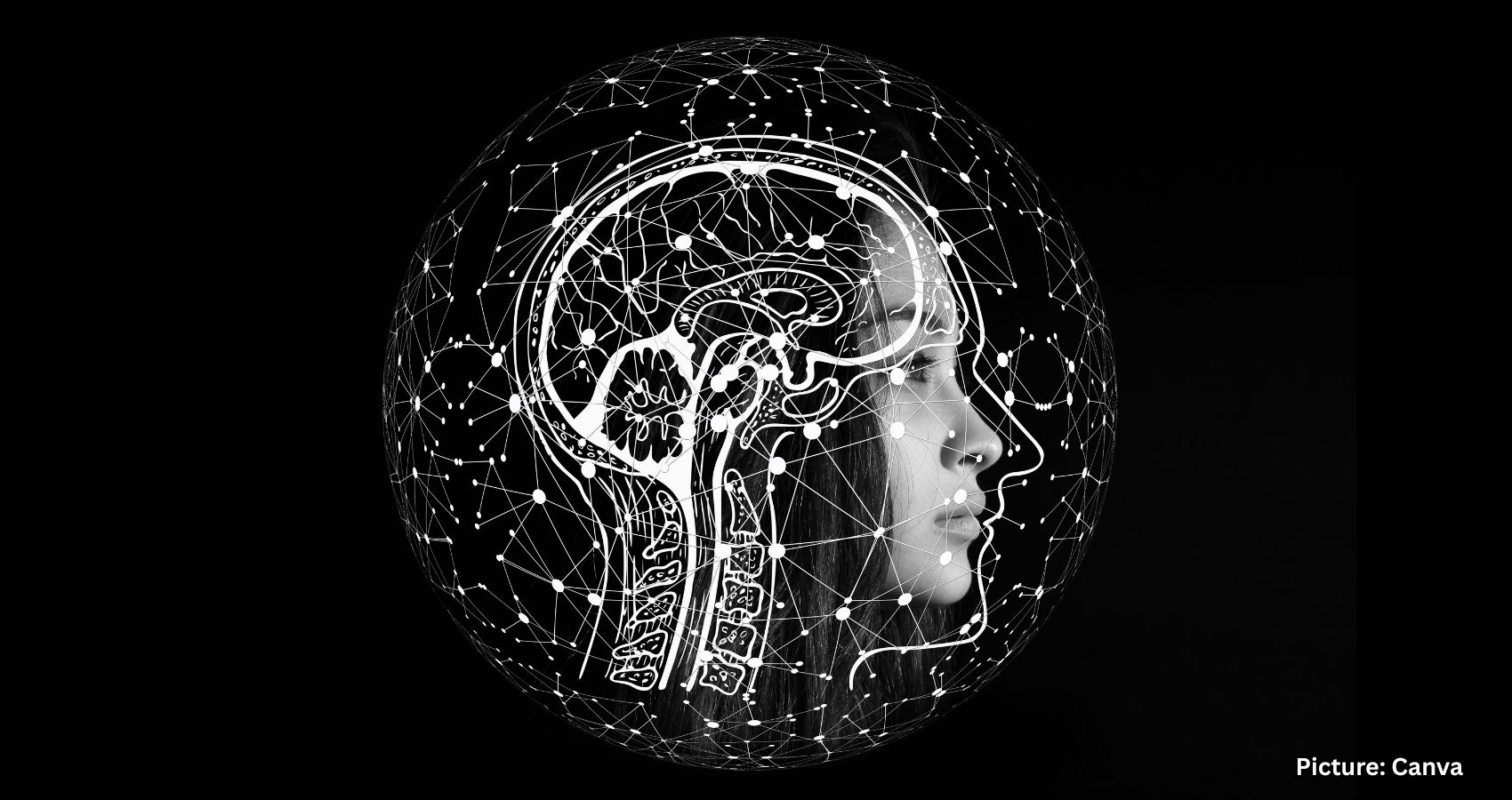New research indicates that while men’s brains shrink faster than women’s with age, women are still diagnosed with Alzheimer’s disease at nearly double the rate of men.
A recent study has brought new insights into the aging of the brain, revealing that men’s brains shrink at a faster rate than those of women. Despite this, women are diagnosed with Alzheimer’s disease twice as often as men. This research challenges existing assumptions about gender differences in brain aging and Alzheimer’s risk.
Published in the *Proceedings of the National Academy of Sciences*, the study analyzed over 12,000 brain scans from nearly 5,000 healthy individuals aged between 17 and 95. Each participant underwent at least two MRI scans over time, allowing researchers to track changes in brain structure as they aged.
Anne Ravndal, a researcher at the University of Oslo in Norway, led the study and aimed to investigate whether the higher incidence of Alzheimer’s in women could be linked to differences in brain aging between genders. “Women are diagnosed with Alzheimer’s disease more often than men, and since aging is the main risk factor, we wanted to test whether men’s and women’s brains change differently with age,” she explained to Fox News Digital.
The findings indicated that men exhibited a faster rate of brain shrinkage across various regions compared to women. Areas particularly affected included those associated with memory, emotion, and sensory processing, such as the hippocampus and parahippocampal regions.
In contrast, women’s brains maintained their size in more areas, although they did show a slight increase in the size of the brain’s fluid-filled spaces, known as ventricles. “Our findings show that men experience greater structural brain decline across more regions, meaning that normal brain aging doesn’t explain the sex difference in Alzheimer’s rates,” Ravndal stated.
Despite the observed differences in brain shrinkage, researchers concluded that changes in brain size alone cannot account for the disparity in Alzheimer’s diagnoses between men and women. “The results instead point toward other possible explanations, such as differences in longevity, diagnostic patterns, or biological factors,” Ravndal noted.
For instance, women generally have a longer lifespan, which extends the period during which Alzheimer’s can develop. Additionally, hormonal changes during menopause may influence how brain cells age, according to experts. Some researchers also suggest that women may be diagnosed with Alzheimer’s more frequently because they are more likely to seek medical help when experiencing memory issues.
However, Ravndal acknowledged a limitation of the study: it focused solely on healthy individuals, excluding those already exhibiting signs of dementia. The participants were also predominantly well-educated and drawn from multiple study sites, which may affect the generalizability of the findings.
Ravndal emphasized that the study is not intended to provide direct health recommendations for individuals. “Rather, it helps refine scientific understanding by showing that normal brain aging does not account for women’s higher prevalence of Alzheimer’s disease,” she said. She added that future research should aim to identify the underlying mechanisms contributing to these observed differences.
Source: Original article

